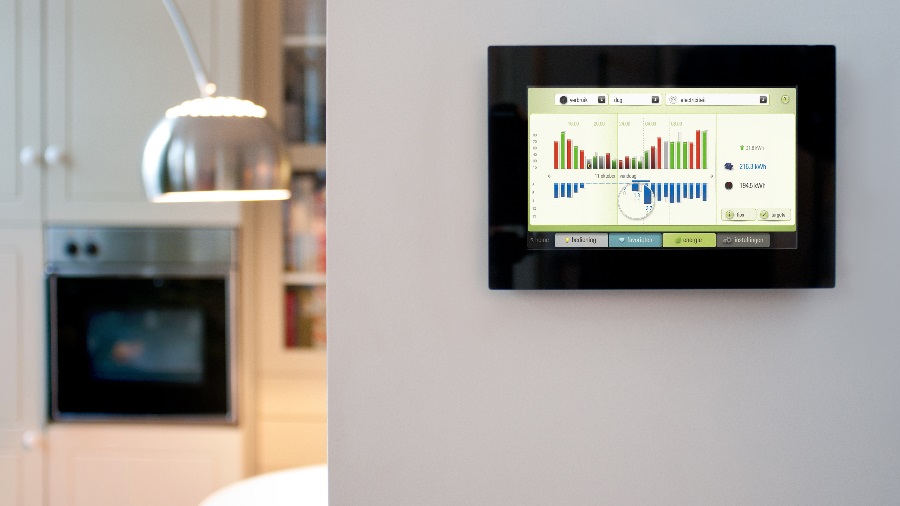All you ever wanted to know about M2M technology
Well, almost

TechRadar Pro interviewed AT&T's Executive Director for Mobility Marketing, Mobeen Khan, to find out more about the complexities of machine-to-machine technology, its trajectory over the next few years and how industries are already benefitting from using this technology.
How has M2M technology transformed businesses?
MK Machine-to-Machine (M2M) communications allow businesses to transfer data from one device to another. This complex technology has taken the business world by storm, helping companies to improve operational and management efficiency across the board.
While M2M is still in its infancy, the expanding industry is already having an impact across a variety of sectors that are investing heavily in this technology, including transportation, industrial production, healthcare, automotive manufacturing and government.
As the popularity for this technology continues to soar within the business community, we are seeing more companies deploy M2M communications to help boost their employees' productivity and efficiency during their daily activities, such as running a diagnostics program, initiating a software update, ordering spare parts, or alerting an on-site engineer.
Which industries are most likely to benefit from this technology?
MK In today's connected world, nearly all industries can benefit from M2M technology - from large global manufacturers who want to track the status of their products, to construction, engineering and agriculture sectors that use M2M devices to monitor expensive equipment.
Sign up to the TechRadar Pro newsletter to get all the top news, opinion, features and guidance your business needs to succeed!
M2M is making an immediate impact in various vertical industries today. For example, shipment companies are using this technology to track expensive cargo throughout its journey, such as high-value seafood. In this instance, the containers are fitted with an M2M device to monitor location and temperature – ensuring that the company engineers are able to take immediate action if a refrigeration problem does occur along the route.
Similarly, expensive machinery such as tractors and cranes are often fitted with M2M devices to track and monitor location, as well as collect data on the performance of the machinery to help the manufacturer eliminate inefficiencies found in the current models when developing new products.
These tools also offer manufacturers an opportunity to upsell additional services, such as a preventative maintenance service. By collecting data from the inbuilt M2M devices, manufacturers are able to identify any underlying issues in the machine's performance – this not only diminishes the number of breakdowns but it also means that technicians spend less time diagnosing the problem.
The automotive sector has also uncovered the benefits associated with M2M communications, resulting in a new generation of wirelessly connected vehicles that are able to carry out activities such as: remote engine diagnostics, automatic downloading of system upgrades, and permitting vehicle owners to receive navigation and traffic information.
M2M technology has been talked about for years. Why has it taken so long to get going?
MK To the outside world, the M2M industry is perceived as fragmented and siloed. This is because M2M solutions are specific to each industry; therefore it is extremely difficult to develop a uniform solution to fit all the individuals' needs of each vertical industry. On most occasions, M2M solution providers need to develop a customized solution to fit the requirements of that specific market. This has meant that historically there are high entry costs, in turn discouraging some organisations from deploying M2M solutions.
Lowering the entry barrier is key to AT&T's M2M business. In fact, we recently joined forces with some of the technology sector's most influential players, including IBM, Cisco, GE, and Intel to form the Industrial Internet Consortium (IIC). The vision of the IIC is to manage the collaborative efforts of industry, academia, and government to accelerate growth of the Industrial Internet – reducing this perceived fragmentation in the industry and breaking down the barriers.

Désiré has been musing and writing about technology during a career spanning four decades. He dabbled in website builders and web hosting when DHTML and frames were in vogue and started narrating about the impact of technology on society just before the start of the Y2K hysteria at the turn of the last millennium.